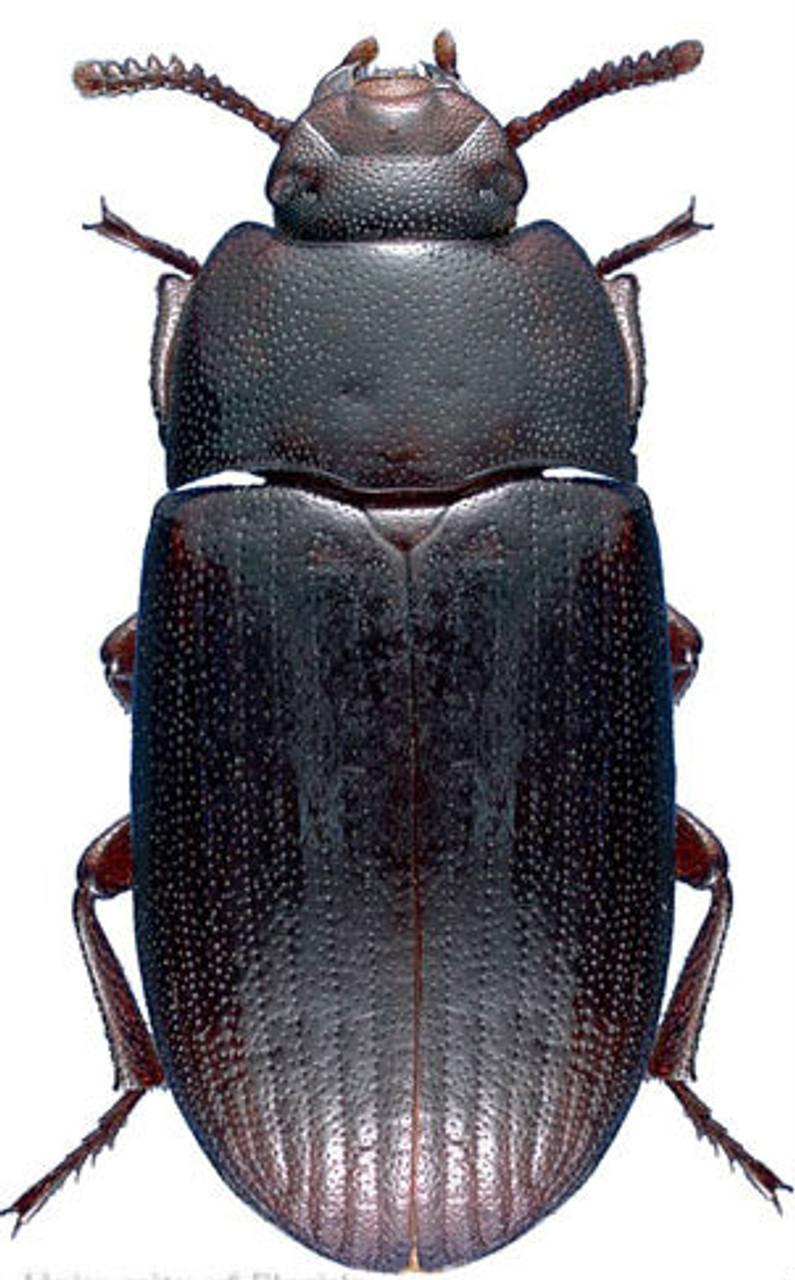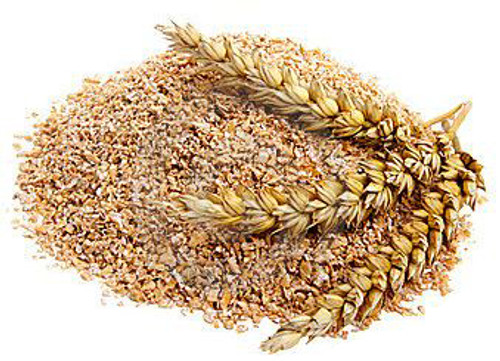Product Description
Alphitobius diaperinus
For live delivery guarantee: if your temps are below 55° or above 85° the "Hold for Pickup" button must be checked above!
Use science to keep your feeder bins healthy
Buffalo beetles (also known as lesser mealworms) are a natural way to keep your insect colonies clean; they will eat any decaying organic material. They help fight mold, fungi, mites, flies and keep odors at a minimum. They will not compete with your colony for resources.
The resulting larvae can be safely eaten by your pets as well.
Buffalo Beetle Care
Add a 1” layer of wheat bran. Bee pollen and brewers yeast are great additives.
- Supply moisture with raw carrots, potatoes, or starchy root vegetables (this is essential)
- Sift bedding when bedding appears ‘sandy’
- If you'd like larvae to pupate, provide Styrofoam or thick cardboard for them to burrow
- Never let them sit in direct sunlight or in temperatures 85° or higher
FAQ:
Q. How big are they?
A. These active little beetles are larvae are much tinier than their mealworm cousins! The larvae reach 3/4" maximum and the beetles are 1/4" long.
Q. What is the Buffalo beetle life cycle?
A. There are approximately 11 instars before pupation. Adults live 3 months to a year, with females laying roughly 200 eggs in cracks and crevices of your enclosure.
Larvae hatch in one week and complete 11 instars in 40 to 100 days depending on temperature and availability of food. The optimal temperature for growth is 86 to 90°F making them great roommates for Dubia.
Q. Do the beetles fly?
A. They cannot fly and can't climb smooth surfaces.
Q. Can they be refrigerated like mealworms?
A. The larvae and beeltes can survive being cooled down to 50°. Most refrigerators are colder than this so we do not recommend cooling them for longer than a week at a time.






